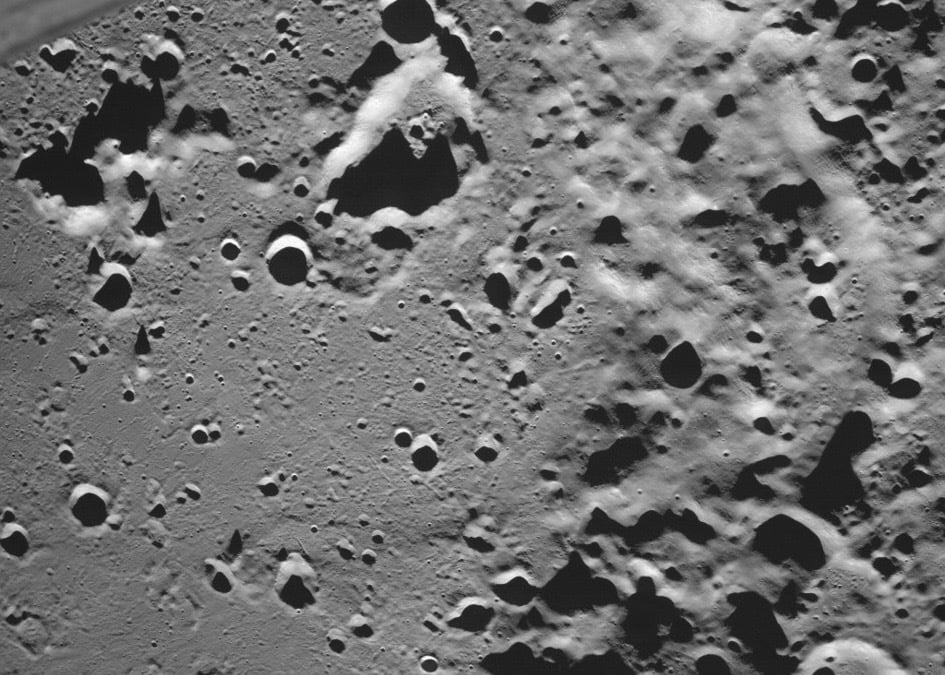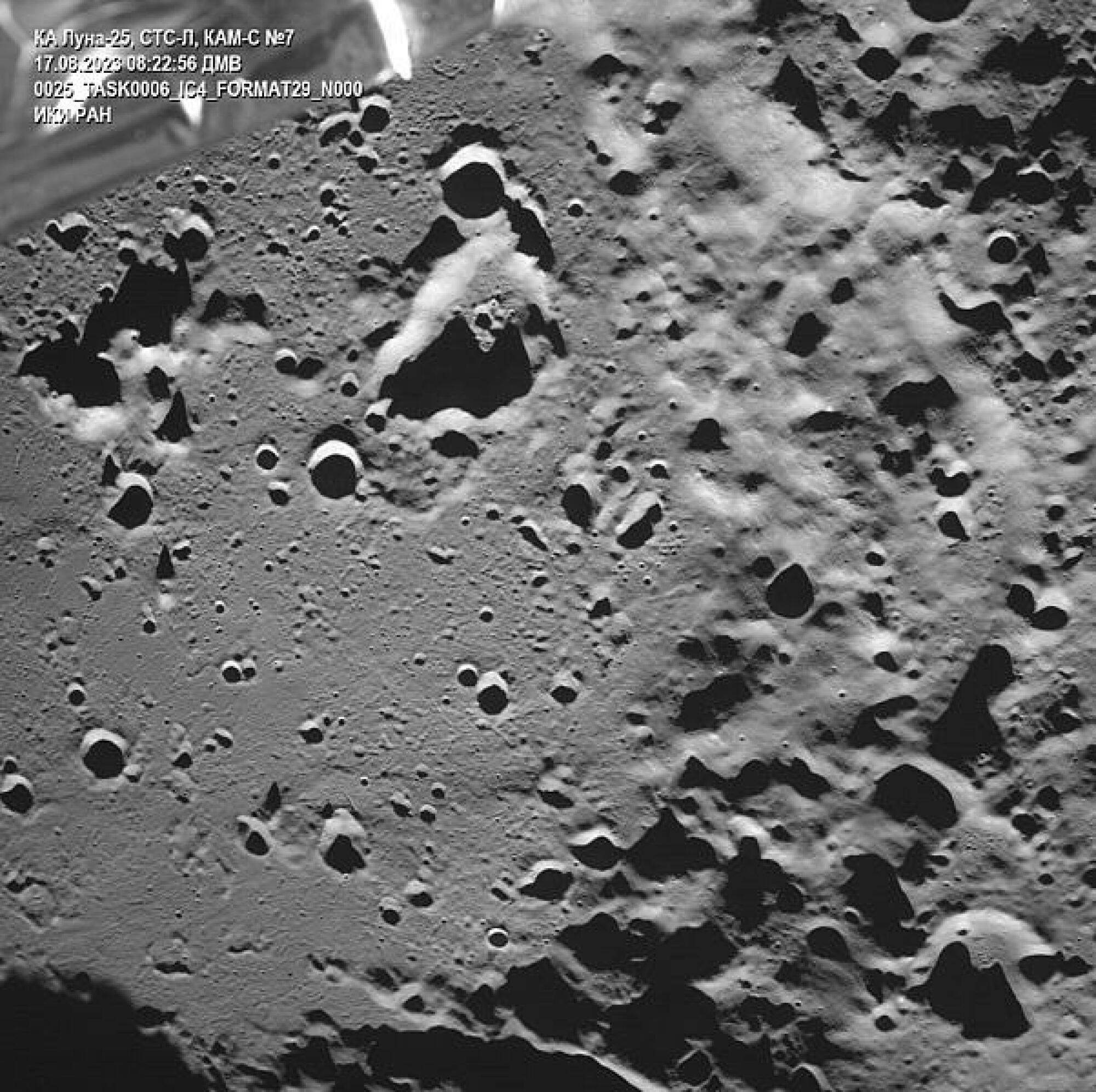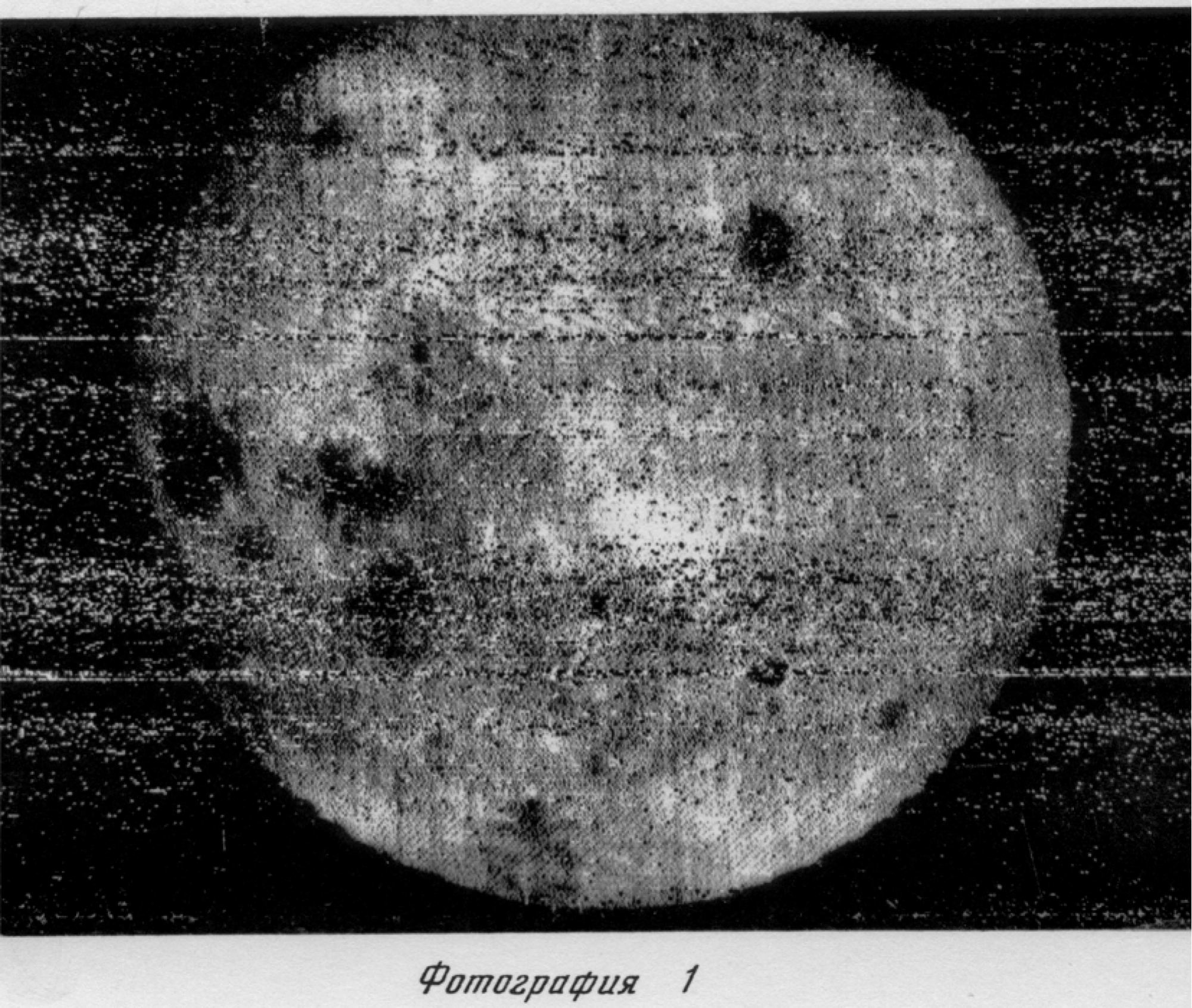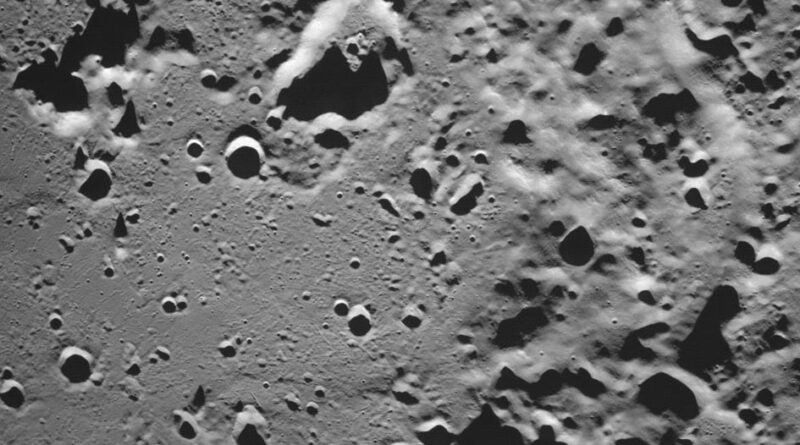Russian spacecraft snaps wild moon photo before attempted landing

Russia has made the 239,000-mile journey through space to the moon for the first time in a half-century and has photographic evidence to prove it.
The Institute for Space Research of the Russian Academy of Sciences released an image Thursday of the Zeeman crater in the lunar south pole region on the far side of the moon, taken just about 8 a.m. Moscow time.
The photos follow some stunning images provided by India’s lunar spacecraft last week.
“Invisible from the Earth, the Zeeman crater is a unique object on the lunar surface and is of great interest to researchers,” the institute said in a news release, adding that the height of the basin is about 5 miles deep with a relatively flat bottom.

The Soviet Union, which collapsed in 1991, was the first nation to land a robotic spacecraft on the moon and sent many afterward. But the Luna-25 mission is the first moon voyage for Russia in the post-Soviet era. The mission was originally intended as a partnership with the European Space Agency, but Europe backed out following Russia’s invasion of Ukraine. Roscosmos, the Russian space agency, has pushed ahead with a go-it-alone approach.
The Soviet Union’s Luna-3 mission captured the world’s first image of the far side of the moon in October 1959.
The latest space race is between Russia and India, though it’s possible — even likely — neither nation will win, given the difficulty of the challenge: first to land at the shadowy lunar south pole.
Want more science and tech news delivered straight to your inbox? Sign up for Mashable’s Light Speed newsletter today.

Each will try to put a crewless spacecraft on this unexplored region of the moon, where scientists believe water ice is buried within craters. The murky, dark area will be a much tougher target than previous sites chosen by the Soviet Union, United States, and China, who have landed in bright conditions around the moon’s equator.
Though 60 years have passed since the first non-human moon landings, touching down safely remains a daunting task, with less than half of all missions succeeding. Unlike around Earth, the moon’s atmosphere is very thin, providing virtually no drag to slow a spacecraft down as it approaches the ground. Furthermore, there are no GPS systems on the moon to help guide a craft to its landing spot.
The Indian Space Research Organization’s Chandrayaan-3 mission launched in mid-July from Sriharikota, a barrier island of southeastern India. It’s the space agency’s do-over following a crash on the moon in 2019. The team will get its next crack at a landing on Aug. 23. On Thursday, the lander successfully separated from its propulsion module as it continues to prepare for the main event, according to the space agency.
Roscosmos has said its robotic Luna-25 spacecraft could touch down on the moon as early as Monday, Aug. 21.
